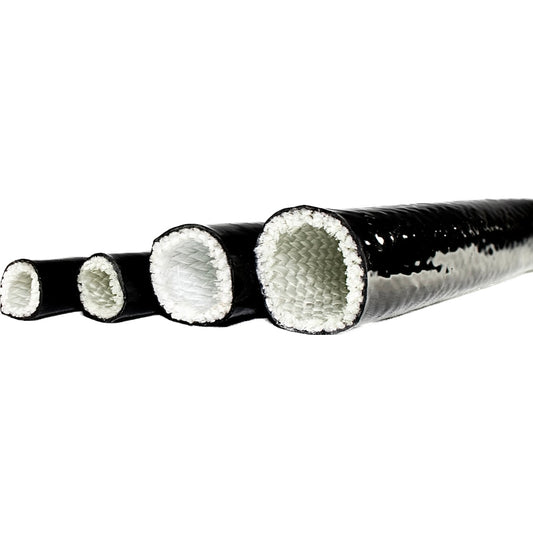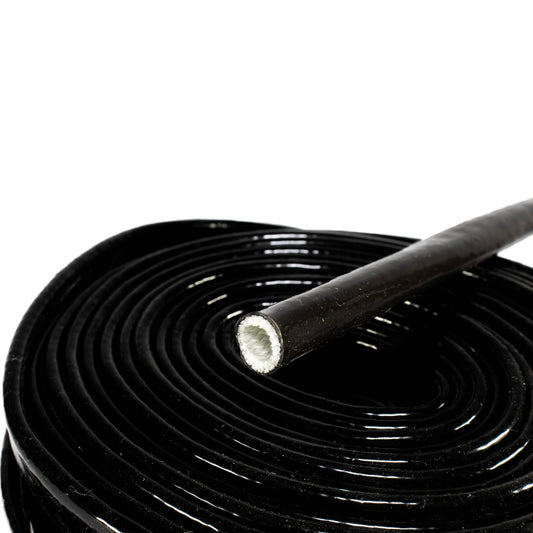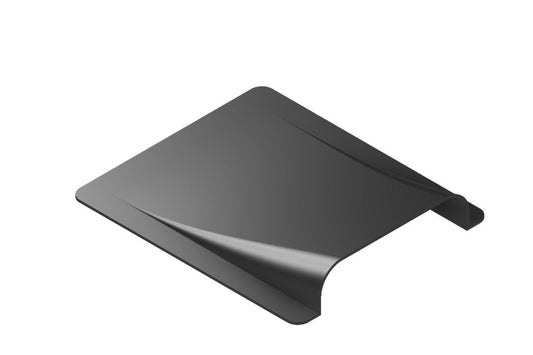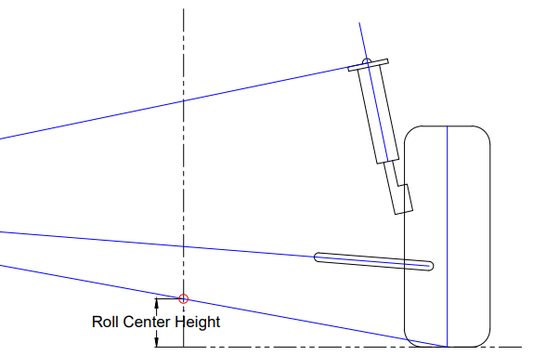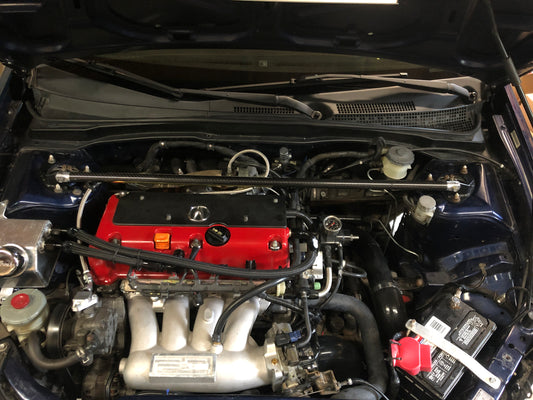Understanding Splitter Tunnels and Front Diffusers
In the exhilarating world of motorsports, where speed and precision intertwine, engineers constantly seek innovations to gain a competitive edge. One crucial aspect that has long been at the forefront of aerodynamic advancements is front downforce. In this pursuit for optimal performance, splitter tunnels have emerged as a key player, intricately shaping the dynamics of a race car's aerodynamics. In this article, we delve into the science behind splitter tunnels, exploring how they contribute to achieving the delicate balance required for peak aerodynamic efficiency.
Front Downforce
Front downforce is a critical component in the performance of a race car, as it directly influences handling, stability, and lap times. In simple terms, downforce is the aerodynamic force pulling the vehicle downward, enhancing tire grip and traction. While rear downforce is essential for maintaining stability and traction at high speeds, front downforce is equally crucial, especially when cornering and braking.
The primary purpose of front downforce is to counteract lift, ensuring that the car remains firmly planted on the track. Lift, the opposite of downforce, can lead to reduced traction, compromising a vehicle's ability to grip the road surface. By generating front downforce, engineers can enhance steering responsiveness, reduce understeer, and improve overall cornering performance.
Challenges in Achieving Optimal Front Downforce
Creating the perfect balance of front downforce is a delicate challenge for designers. Too much downforce can result in increased drag, limiting top speed on straightaways, while too little can lead to reduced traction and compromised handling. Striking the right balance is crucial for achieving the desired compromise between high-speed performance and cornering agility.
Enter Splitter Tunnels
Splitter tunnels, often referred to as front diffusers, have become a pivotal element in the pursuit of optimal front downforce. These innovative aerodynamic features are strategically placed on the front of a race car, on the underside of the splitter (a flat panel extending from the car's front end). Splitter tunnels are designed to harness and manipulate the airflow passing beneath the car, contributing to the generation of front downforce.
The Science Behind Splitter Tunnels
1. Airflow Manipulation:
Splitter tunnels are carefully engineered to exploit the principles of fluid dynamics. As the race car moves forward, air rushes beneath the car and is accelerated by the splitter tunnel’s curved shape, creating an area of low pressure. This is known as Bernoulli’s principle which is used in nearly every aerodynamic element found on racecars.

2. Pressure Differential:
The key to splitter tunnel effectiveness lies in creating a pressure differential between the top of the car and bottom surfaces of the splitter. The high-velocity air channeled through the tunnels accelerates as it exits, creating an area of lower pressure beneath the splitter. The lower pressure below the car and higher pressure above sucks the car down to the ground, contributing to the overall front downforce. The image below shows the pressure around a splitter diffuser with green representing lower pressure.

3. Adjustability and Tunability:
One of the significant advantages of splitter tunnels is their adjustability. Engineers can fine-tune the size, shape, and angle of the tunnels to optimize aerodynamic performance based on the specific requirements of the track and driving conditions. This level of customization allows teams to adapt their setups to different race circuits, gaining a competitive advantage. Often, efficient downforce is the primary goal, balancing downforce and drag. Heavy, high horsepower cars will benefit from high downforce aerodynamic elements without the added drag impacting the overall performance too much. Lighter, lower horsepower cars will require less downforce and more efficient designs to achieve the same performance.
4. Enhanced Aerodynamic Balance:
Splitter tunnels play a crucial role in achieving a balance between front and rear downforce. By precisely controlling the generation of downforce at the front of the car, engineers can complement the rear aerodynamics, ensuring a balanced and stable configuration. This balance is particularly important when navigating challenging corners, where optimal traction and responsiveness are paramount. As a good starting point, designers should aim for the front to rear downforce balance to replicate the car’s front to rear weight distribution.
Conclusion
In the ever-evolving world of motorsports, the pursuit of optimal aerodynamics remains a driving force behind technological advancements. Splitter tunnels, with their ability to manipulate airflow and fine-tune downforce, have become integral to achieving the delicate balance required for peak performance. As engineers continue to push the boundaries of innovation, splitter tunnels will likely remain a focal point in the quest for speed, precision, and dominance on the race track.

